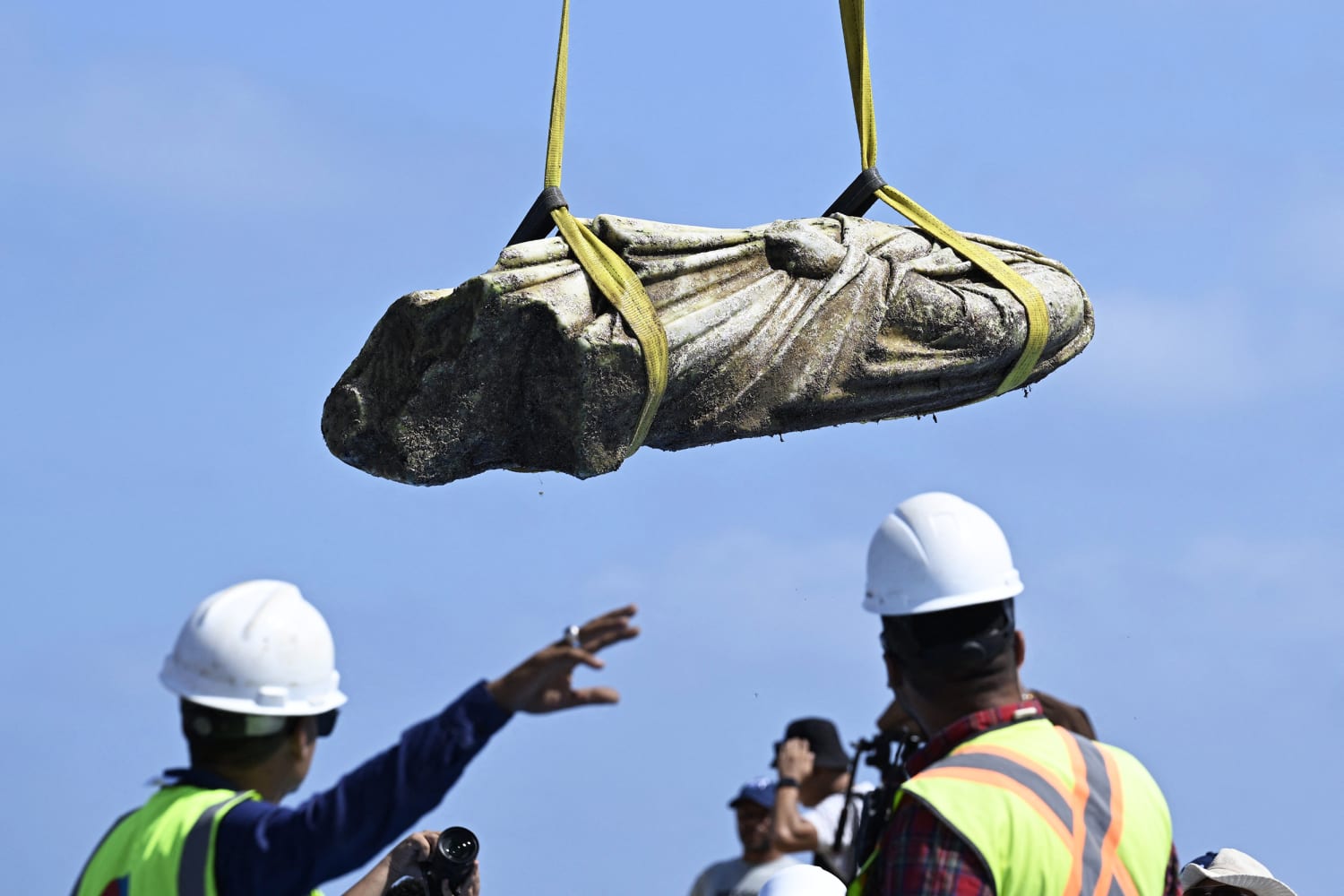Underneath the waters of a long-lost shore, a remarkable piece of history has emerged once more. Researchers have uncovered significant relics from the ruins of an ancient metropolis that was underwater for close to 2,000 years, safeguarding tales of an era forgotten. This find sheds light on the complexity of early societies and provides a unique view into their social and economic existence.
The city, which was once a flourishing center of commerce and importance, vanished under the ocean hundreds of years back, its buildings and treasures buried in mud and quietude. For ages, its existence was the stuff of myths and conjectures, until present-day explorations verified its actuality. The recovered items consist of meticulously designed jewelry, elaborate ceramics, and items of ceremonial value, with each artifact echoing the lives that once filled the streets now submerged.
Marine researchers utilized cutting-edge tools to discover and retrieve these relics. Sonar mapping, remote-controlled devices, and unique diving methods enabled crews to explore the difficult underwater setting, where moving sands and currents have both hidden and safeguarded the location for ages. The careful recovery procedure highlights the delicate equilibrium between conserving history and honoring the sensitive ecosystem that has developed around these ancient remains.
What makes this discovery particularly compelling is the insight it provides into the social and economic dynamics of the city before its submersion. Experts believe the settlement played a crucial role in regional trade networks, linking distant communities through commerce and cultural exchange. The artistry found in recovered artifacts suggests a society with a highly developed sense of aesthetics and a mastery of craftsmanship, qualities that speak volumes about their technological and artistic achievements.
Equally captivating is the enigma surrounding the city’s decline. Although the exact reason is unknown, leading hypotheses suggest natural calamities like earthquakes or disastrous flooding, phenomena that might have significantly changed the landscape and engulfed the city entirely. These disasters, despite being disastrous for its residents, unintentionally preserved their heritage, creating a time capsule now gradually being uncovered.
As researchers continue to analyze these findings, they hope to reconstruct the city’s architectural layout and understand its role within the broader context of ancient civilizations. Each artifact undergoes careful preservation and study, revealing details that enrich our knowledge of human history and resilience. This endeavor demonstrates how even after thousands of years, the past has a way of speaking to those willing to listen—and to dive deep in search of its whispers.
The unearthing of this submerged metropolis reaffirms the importance of underwater archaeology in unraveling humanity’s shared heritage. It highlights the vulnerability of coastal societies to the forces of nature, a reminder as relevant today as it was two millennia ago. With every discovery from the ocean floor, the narrative of civilization grows more intricate, reminding us that history is not confined to land but also lies hidden beneath the waves, waiting for the patient hands of science to uncover its secrets.



.jpg)

